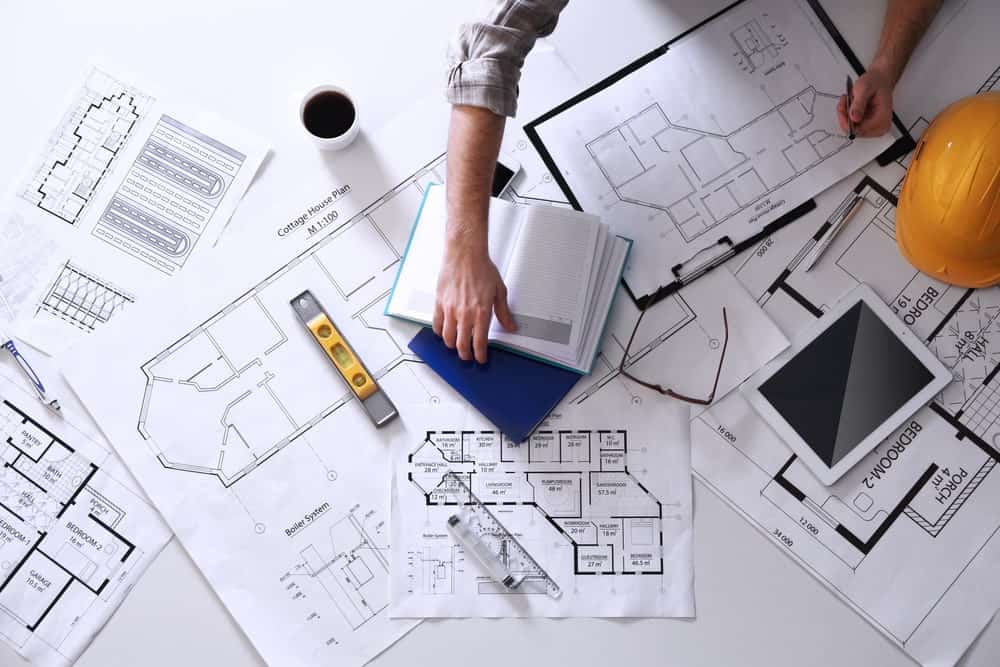In our previous articles, we gave advice to young architects who want to start their architectural career. We even talked about what works architects can do. In this article, we will talk about freelancer architecture, which is a different working method of architects. We know that there are many architects working from home or self-employed, especially after the pandemic process in the world. We have told you how it is to work as a freelance architect, its advantages and disadvantages. Also, in the rest of the article, we have tips on how to become a freelance architect!
Advantageous of Freelancing

Independence Work Conditions
The autonomy of working for yourself makes freelancing appealing to many people. You can work independently and choose your own hours as well as clients and tasks when you freelance.
Flexible Working Hours
Your working day can be flexible if you freelance. While it is necessary to be accessible for client conversations and meetings during standard business hours, you can still exercise some flexibility in how you approach your work.
Select The Bests for You
In theory, independent contractors have the freedom to select which clients and projects they will work on. While this is true, it’s possible that you’re not able to be as picky at the beginning. You have to take what you can to get started, but over time, you can aim to establish positive bonds with clients you enjoy working with and on exciting projects.
While working in an architectural office or practice after graduation is the natural next step, after gathering experience you could be searching for a change. Freelancing enables you to continue working as an architect or technologist in a different setting if working in a practice is not for you.
Disadvantageous of Freelancing

Time Management

“It is your responsibility as a freelancer to manage both your time and your client’s expectations. We talked about the ebb and flow of business in the last section. When you receive an inquiry, it is simple to answer “yes,” but managing your time and client’s expectations can be challenging. You can outsource work like image enhancement and 3D rendering. to effectively manage time and pay attention to more important tasks.”
Overworking
Being alone in charge of job searching, ensuring that your bookkeeping and insurance are set up properly, tracking client invoices, and other duties can be difficult. Additionally, you will be required to perform a number of additional tasks that you would not normally be required to perform in the course of your regular employment. For these reasons, in addition to the creative work you are performing for your clients, you can find yourself working longer hours to complete all of your administrative tasks.
Home Office Issue
Working by yourself might be challenging. Employees are expected to evaluate their own performance at work as part of their role. Self-regulation is a difficult task, and architects’ judgment is required. One advantage of working remotely is the ability to choose your own hours. It enables independent architects to plan their days anyway they like. However, this might work against some architects or designers. Some people could fail to distinguish between their job and personal lives once they clock out.
Insurance Issues
Having the necessary insurances to carry out your task is another crucial aspect of freelancing. Although insurance might be expensive, it is essential to make sure you are protected in case something goes wrong.
How To Be A Freelance Architect?

Decide Your Specialized
Consider your advantages and whether you feel you should or could specialize in a particular field. Do you have extensive understanding of a certain building style or, alternatively, of sustainable architecture? Being a specialist can set you apart from the competition and help you become an architect who can contribute significantly to projects that practices are unable to complete internally.

Get Required Tools and Software
If you are a freelance architect, first of all, you need to make an investment in computers, drawing tools and all other equipment you will use in architecture. Purchasing the software you will use is also included in this investment.








